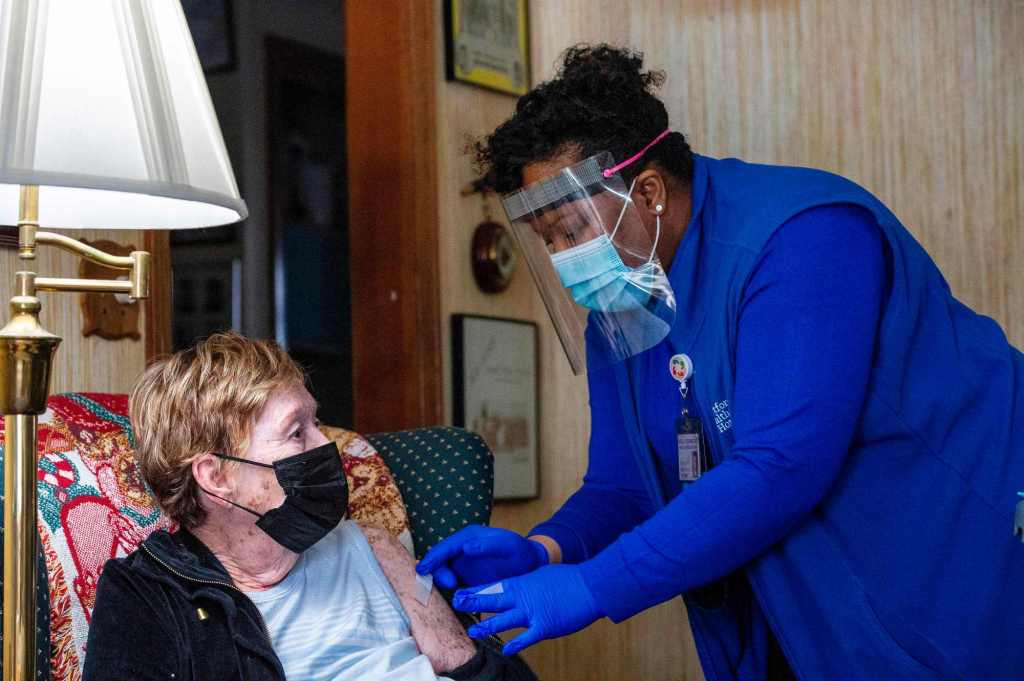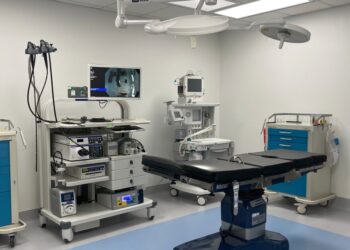By John Rossheim | NerdWallet
Incessant patient-monitor alarms. Hospital food. Middle-of-the-night checks of vital signs. The audible suffering of random roommates.
Yes, being in the hospital is no fun, and not only because you’re receiving treatment for an acute illness or serious injury.
Decades ago, doctors began wondering if select patients presenting in hospital emergency rooms with certain illnesses and injuries couldn’t be sent home to be monitored closely and treated there, rather than being admitted to a hospital ward. This seemed feasible for many chronically ill patients experiencing flare-ups, such as people with complications from diabetes or certain heart conditions.
“Who wouldn’t want to be home rather than in the hospital?” says Dr. Jeff Levin-Scherz, an assistant professor at the Harvard T.H. Chan School of Public Health and a health management consultant at WTW, a financial services company. And the stressful hospital environment isn’t just unpleasant for patients; it can impede their healing.
“Who wouldn’t want to be home rather than in the hospital?” — Jeff Levin-Scherz, health management consultant
Adoption of the concept took off in late 2020, as the overcrowding of hospitals treating COVID-19 patients motivated the federal government to authorize and reimburse hospital-at-home care across the country. These programs, now available through nearly 300 hospitals in 37 states, are demonstrating some ability to provide acute, hospital-level care for patients in their own homes, through a variable mix of provider visits, infusions and other treatments, remote monitoring and portable diagnostics.
Many emergency department physicians are glad to consider home hospital care for appropriate patients. “It gives ER doctors an extra option for patients who they are thinking about admitting,” says Dr. Gregg S. Meyer, president of the Community Division and executive vice president of Value-Based Care for the Mass General…
Read the full article here







